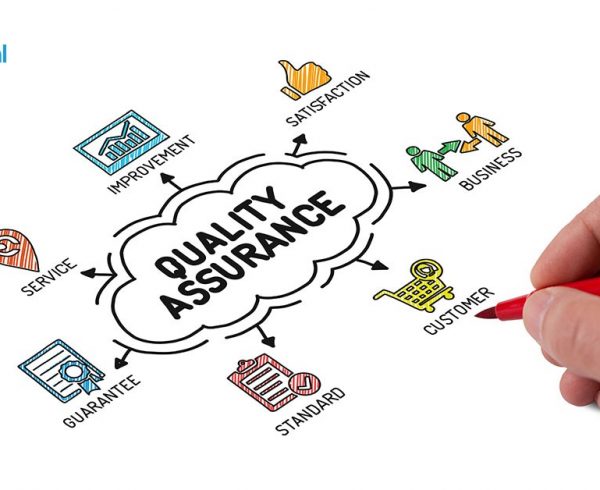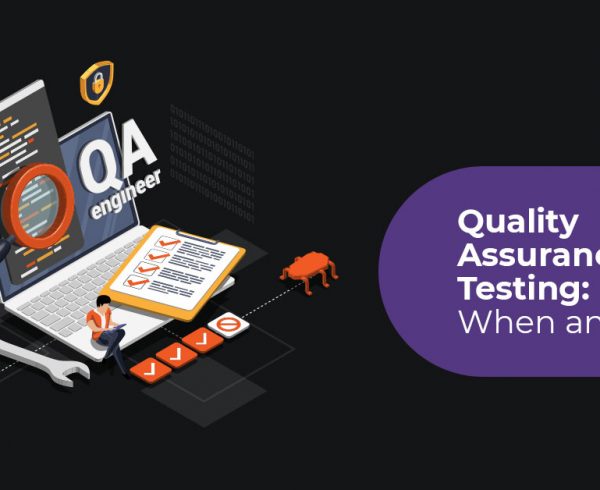Summary
Software testing metrics are used to measure the effectiveness and quality of the software development and testing process. They help to keep track of the software quality at each rung of the software development phase, and provide information to reduce errors, improve the quality of the software, and ensure that the final output is delivered on schedule.
As software projects become more and more complex, it becomes imperative for project leads/managers to track the quality at every stage of the software development cycle to ensure that the end product is completely error-free. They also need to measure the cost and effectiveness of the project and the processes involved to ensure the project delivery is on time and within budget.
Table of contents:
– Types of Metrics
– The Life Cycle of Metrics
– Measuring the Quality of the Software by Using Metrics
– Data Capturing by using Metrics
– Metrics-Oriented Testing and QA Services from Hurix
Software testing metrics help to measure the effectiveness and quality of the software development and testing process. Simply defined, the metric is a standard of measurement that measures the degree to which a system, component, or process possesses a given attribute.
Metrics help to keep track of the software quality at each rung of the software development phase. They also provide information to reduce errors, improve the quality of the software, and ensure that the final output is delivered on schedule.
One of the most important responsibilities of the software test lead or manager is to generate these software test metrics. Using these test metrics, the team can take decisions for all phases of the activity including estimating costs and scheduling the project; understanding the kind of improvement required during the entire development life cycle; and taking timely decisions on processes or technology to be modified, etc.
Also Read: 5 Best Practices for QA Software Testing
Types of Metrics
Metrics can be of two types:
1. Base metrics: These metrics consist of the raw data captured by the test engineers during the testing phase of the software development cycle.
2. Calculated metrics: These are obtained by converting the data gathered from base metrics into useful information.
The Life Cycle of Metrics:
The metrics lifecycle is divided into four phases:
1. Analysis: During this stage, the test engineers, along with the other stakeholders, identify the metrics and define the parameters to evaluate them.
2. Communication: The identified metrics are then defined are communicated to the testing team. The team is also educated about the data points that have to be captured for processing each metric.
3. Evaluation: During this stage, the team captures the required data, verifies its validity, and calculates the value of the metrics.
4. Reports: Reports are distributed to the developers and the testing team. Besides, their feedback is taken for further improvements.
Measuring the Quality of the Software by Using Metrics:
As mentioned above, test metrics are important to measure the quality of the software and ensure that it is efficient and error-free. The question now arises, how to measure the quality of the software using metrics?
Also Read: 8 Reasons Why Businesses Should Outsource Content And Software Testing
To explain this with an example, to ensure that the software is error-free, the test analyst would need to design a few test cases, execute them, and identify and log the defects. The development team will then resolve the issues after which the test analyst would re-conduct tests to ensure that the defects are resolved. Now, if the metrics are not defined and followed, the test report will be subjective; however, if metrics are followed in the project, then an accurate test report can be published based on quantifiable measures such as:
1. Number of test cases executed
2. Number of test cases not executed
3. Number of test cases failed, passed, or blocked
4. Number of test cases designed per requirement
5. Number of test cases yet to be designed
6. Number of defects identified and the severity of these defects
7. Number of test cases failed per defect
8. The severity of the defects
9. Priority of the defects
10. Test coverage
The Test Engineer can use the Data Captured by the Above Metrics to Understand:
1. Whether the project is on time and on-budget
2. Percentage of work completed
3. Percentage of the work that is incomplete
4. The time it will take to complete the remaining work
5. Traceability Matrix is to see that all test cases are covered
Based on these metrics, the project lead will know whether the project is on-schedule otherwise he or she will raise the alarm to the other stakeholders and the client to avoid last-minute surprises.
Dynamic monitoring of metrics provides an instant handle to the Business Leaders managing outsourced development/testing projects remotely and helps them meet their SLAs.
Metrics-Oriented Testing and QA Services from Hurix:
To sum up, metrics are used to improve the quality of the software and ensure on-time and budget delivery. Hurix Digital offers a complete range of software testing and quality assurance services to its clients worldwide. Our Quality Assurance (QA) testing validates every process and module of software to ensure that it is error-free and the final product works seamlessly. We have various sets of testing services such as content QA and testing, product testing, and mobile app testing.
Get in touch with us today!










